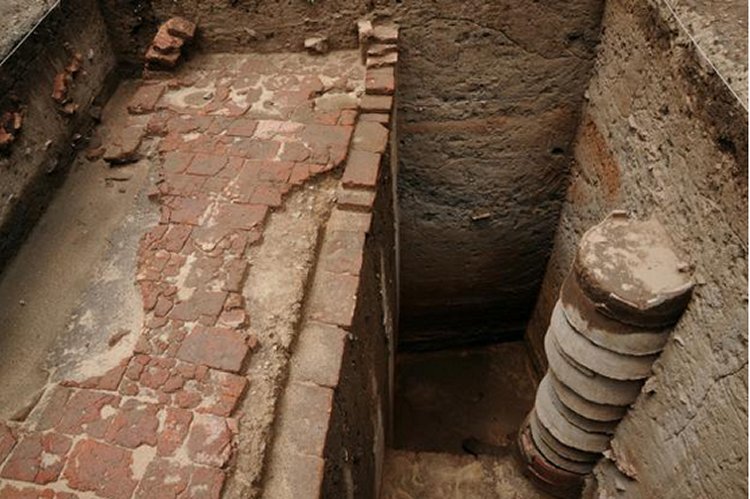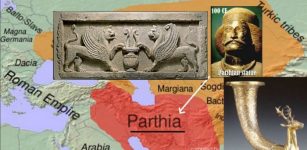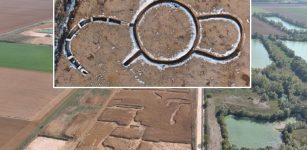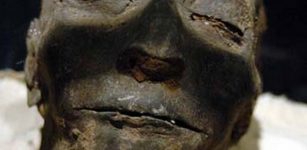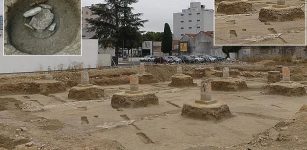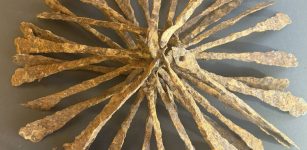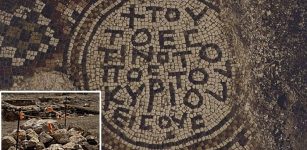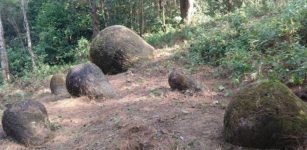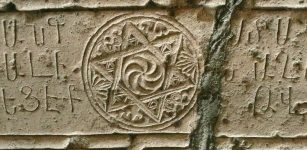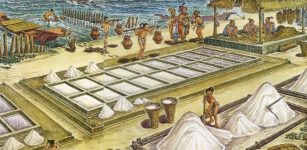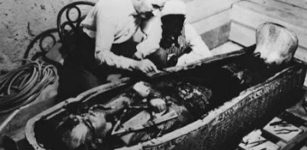Excavations In Keezhadi, Tamil Nadu, India Shed Light On Life During Sangam Age
Conny Waters - AncientPages.com - Keezhadi, a small hamlet in Sivaganga district, in the South Indian state of Tamil Nadu, is a special place, where an important part of Tamil history is being unearthed now by the Archaeological Survey of India.
A set of four dozen square trenches have been dug out, to reveal what archaeologists call as one of the biggest human habitations of Sangam Age (first to third century A.D) known so far.
The trenches contain parts of homes like brick walls, wells, storages, and mud vaults, pottery of various kinds and purposes and shells, glass, beads, rusted old coins, weapons and small tools made of bones and Iron, embedded in layers of soil.
Walking around these trenches full of ancient remains is like traveling 3000 years back in time.
Ever since last February, when the ASI started excavating the place, they have found something new every day, reports The Hindu.
"This project is a huge success. It's astounding how this place has so much to offer. It must have been a big human settlement area," says K. Amarnath Ramakrishna, the superintending archaeologist.
"Now, close your eyes and visualize a city right here," he says. It is indeed stupendous to imagine that the trees of Keezhadi stand in an old city.
Based on recent discoveries, historians postulate that Keezhadi could redraw the past of Madurai and push its antiquity by well over a millennium.
Madurai is the third-largest city by population in Tamil Nadu and one of the oldest cities in India.
"Through comparative dating, we place this site to be belonging to the 3rd Century B.C., which is over 2,500 years ago. However, the exact age can be arrived at only after carbon dating," says Amarnath, who has worked on excavations in the research of Indus Valley Civilisation in parts of Gujarat.
In a year-long survey conducted in 2013, the state Archaeology department had identified nearly 293 Sangam Age towns along the course of river Vaigai.
"Our field of research included areas that fell within five kilometers from the river on both the banks, starting from the place of Vaigai's origin in Theni district to the very end of the river in Ramanathapuram district," says archaeologist Dr. V. Vedachalam.
The places were classified as granaries, trading points, ports, habitation sites, and living or dilapidated temples.
The excavation at Keezhadi has been carried out at two localities in the farm.
"Both the places have yielded different items and we presume they represent a social hierarchy," says Amarnath. The bigger of the two locations with more number of trenches is said to be a settlement of educated rich people, as many jewelries, fine game stones, semi-precious stones, and a dozen Tamil Brahmi inscriptions have been found.
"Even the brick structures appear more refined." Beads of agate, Carnelian, and quartz indicate that they had trade link with countries like Rome. The Tamil Brahmi letters found on pottery is all names of individuals such as Thisan, Aadhan and Udhiran. "They are typical Sangam Age Tamil names."
The second locality has more of graffiti on pottery, bone tools, and iron weapons. "We have got the fish symbol, both as an art and as a 'sign representing a clan," says Vadivel.
Red-and-black pottery, groove tiles used for laying roofs and the typical flat brick measuring 38 centimeters are the other indications that the city unearthed belongs to the Sangam Age.
"Keezhadi could as well be the 'Peru Manalur', the city of Sangam Pandiyas mentioned in literature," suggests Amarnath.
The excavation project is expected to be completed by September end.
Written by Conny Waters - AncientPages.com Staff Writer


